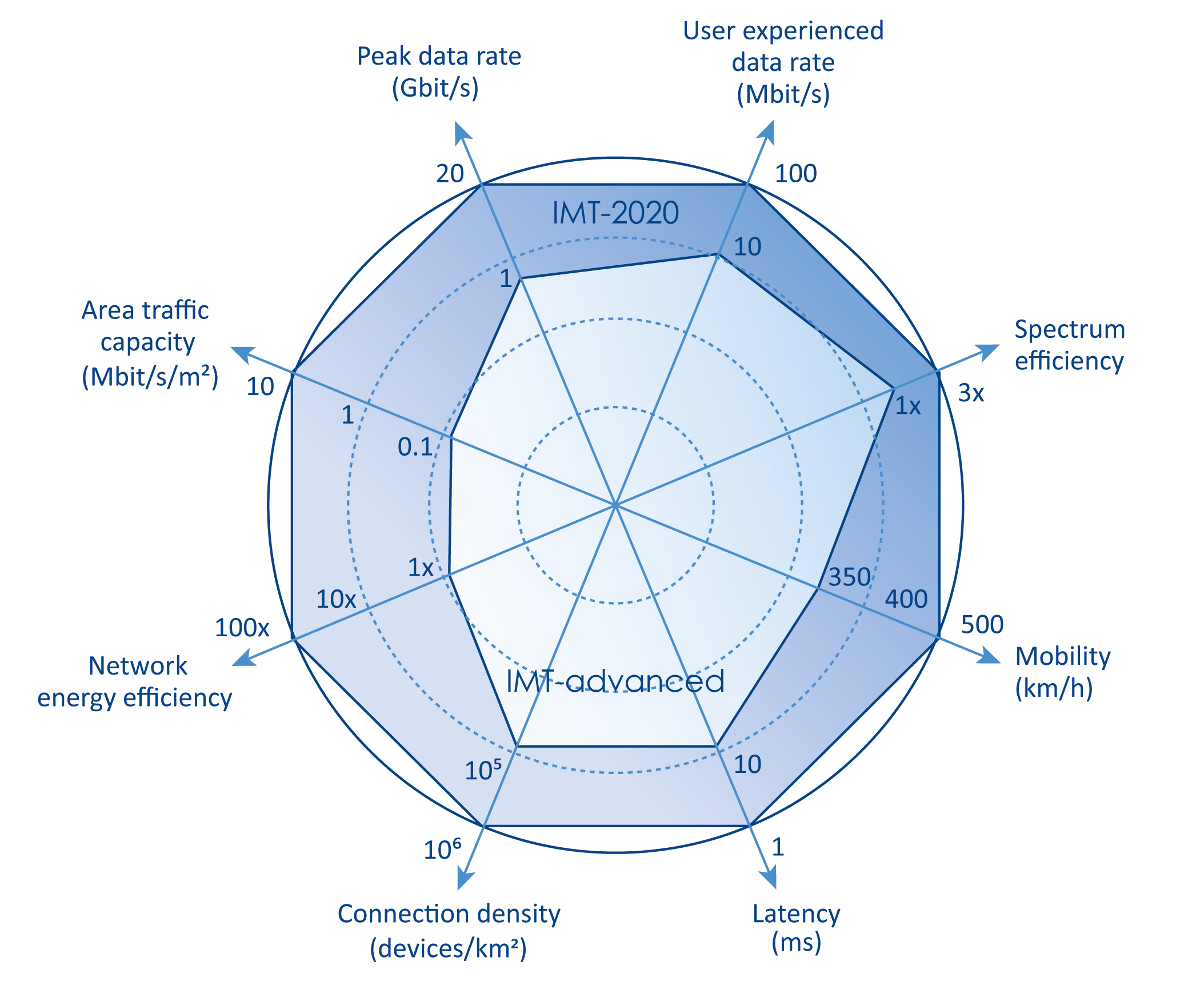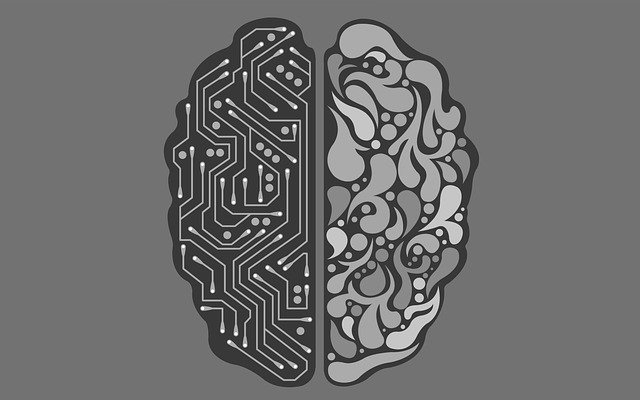World's first 5G surgery animal experiment has been demonstrated
in Fujian China Unicom Southeast Research Institute at the beginning of 2020.
It was a joint project of Chinese telecom equipment company Huawei, China
Unicom Fujian Branch, Fujian Medical University, Mengchao Hepatobiliary
Hospital, Suzhou Kangduo Robot Co. Ltd. The reason behind this is the active 5G
network in China. Ya, Ya! you probably think they are ahead of us in every way,
but let me tell you India is not sitting on the couch and celebrating their
achievement! Let me explain in a very easy way, here we go!
 |
| World's 1st 5G remote operation, Pic courtesy: huawei.com |
5G in a nutshell:
The journey of the telecom industry started
in the 1980s with the 1st generation of mobile communication which changed the
fate of humanity. 5G is the 5th generation of mobile communication based on
cellular telephony services, that target multiple aspects of user experience
such as throughput (speed), connection density (more is better), latency
(message round trip time, lesser is better) & of course security (more is
better).
While in the previous generations of mobile communication was
primarily focusing on the throughput or speed of the data, but 5G targets all the above-mentioned requirements. An article that describe 5G in simple terms can be found here (link).
The primary need for 5G communication
came from two other technological requirements namely the Internet of Things
(IoT) & Industry 4.0. Both of these will be covered in separate blogs
shortly, and to maintain simplicity let’s not go into these topics for now. The
4G has enabled us the data access rate of several Megabits per sec. (Mbps), where
the 5G targets the speed in the order of Gigabits per sec. (Gbps) with latency
in the order of 1 mili-second (ms, one-thousandth of a second) and connection
density of greater than 10 million devices per square km.
It is better to
define a few terms here, latency: it is the time taken between an action and
its response; connection density: it means the ability of a network to connect
more and more devices without disrupting the service quality. What will be the
result of all these technical jargon? Well, we will be able to experience 4K
video while live streaming, online augmented reality (AR) games, run a smart
home, thus a smart city, better surveillance, ride auto-driving cars, IoT,
industry 4.0 & much more. 5G enabled us to fulfill the dream of building a
smart civilization. The standardization process of 5G started back in 2015 by
ITU, and this year during pandemic situation ITU finally approved the 3gpp
recommendation of 5G. With is many countries convert their trial 5G run to a
commercial tag. The question is when it will be set up for Indian consumers? To
understand this, we have to view this topic from two different perspectives,
govt. & industry.
 |
| Pic: IMT-2020 (5G) goals, etsi.org |
5G Testbed project by Govt. institutions & organizations:
After the approval of 5G non-standalone (NSA) NR standard in 2017, govt
of India set up a 5G High-level forum (5G HLF) to articulate the vision for 5G
in India and to recommend policy & action plans to realize this vision. In
August 2018, the 5G HLF released a report titled “Making India 5G ready”
suggesting measures in the area of Spectrum Policy, Regulatory Policy,
Education and Awareness Promotion Program, Application & Use Case Labs,
Development of Application Layer Standards, Major Trials and Technology
demonstration and Participation in International Standards. Before that govt.
launched a program in March 2018 titled ‘Building an End-to-End 5G Test Bed’ 4
to advance innovation and research in 5G with a budget of 2240 Million.
The
program was awarded to Indian Institute of Science (IISC) Bangalore, Indian
Institute of Technology (IIT) Madras, Hyderabad, Delhi, Kanpur, the center of
excellence in wireless Technology (CEWIT) & research lab SAMEER. The goal
of the program is to build proof-of-concept 5G prototypes that are broadly
compliant with the 3GPP standards. The timely deployment of 5G in India is very
essential for achieving the vision of India’s transition to a digitally
empowered economy and society by fulfilling the information and communications
needs of citizens and enterprises by the establishment of a ubiquitous,
resilient and affordable Digital Communications Infrastructure and Services.
By 2020 IISC Bangalore has done a very good job, they performed several
types of research and successfully developed the 5G Physical Layer topology (
the base of the communication network which defines the Hardware to be used for
the purpose), along with that the scientists have demonstrated how information
can be transferred through the mm-wave frequencies (very high frequency of the
electromagnetic spectrum, that is one of the frequency bands that is to be used
achieving a very high data rate).
IIT-Kanpur was given the responsibility to
explore the designs of Base station & user equipment (UE) architecture
along with the implementation of physical layer algorithms in a special kind of
hardware platform called Field Programmable Gate Array (FPGA, which is a
programable complex semiconductor device).
Parallelly, IIT-Delhi has also
started designing the antenna & subsystem of the 5G NR standards. The
antenna system for 5G is much more complex than other standards of cellular
communication. It uses the so-called massive-MIMO antenna (thousands of
antennae closely packed in form of a planner array) which is capable of sending
& receiving information with multiple users with very small interference
between them, as a result, the call quality will be improved much as compared
to existing 3G & 4G base stations. At the end of 2019 One UE, the Base
station & 3.5GHz MIMO RF head was fully operational at the campus of
IIT-Delhi.
The testbed that CEWIT has developed is consists of LTE L1 downlink
and uplink chains, L2 MAC (Media Access Control), RLC, and a thin layer of
PDCP, & End-to-end IP application flow both in DL, UL, and simultaneous DL
(downlink, the communication from BS to UE) & UL (uplink, the communication
from UE to BS).
Last but not least, govt. lab SAMEER (link) has successfully developed
a power-efficient MIMO antenna system by the end of 2019. By the beginning of
2020, every responsible educational institution & govt. lab have separately
designed all the subsystems required to test 5G communication. But there is no
news of the complete deployment of 5G trials from govt. perspective.
Pic: 5G MIMO antenna, at IIT-Hyderabad
5G trials in private sectors:
Private players actually surprise us always through their strong
motivated team & resources Initially, Ericsson has partnered with IIT-Delhi
and deployed 5G with a trial license but in the middle of 2019 the trial
license expired, so Ericsson had to stop transmitting radio energy from its
radio head. Telecom operators in India in association with many foreign
companies like Nokia, Ericsson, Samsung, Huawei, and ZTE have applied for the 5G
trials in India in 2019. But due to the border dispute between the pandemic
situation in early 2020, there was a nation-wide rejection of Chinese products
which leads to the non-recommendation of Chinese companies in the participation
in the 5G test trials.
In the meantime, the reliance Jio platform, which
brought fully 4G network 1st time in India with the help of Samsung, announced
a fully ‘homegrown’ technology to provide a ‘world-class 5G service in India’.
Supporting the govt.’s ‘Atmanirbhar Bharat’ vision the Reliance Jio has shared
their road map for deploying 5G in India. Also, it is worth mentioning that, in
the last 3 months Reliance Jio has got a total sum of $13 billion from various
tech giants like Google, Facebook, etc. It is expected that with that
investment Jio platform will test 5G in India very soon.
The most exciting news
that came in the middle of March 2020 that was an announcement of the 5G
network in Kerala. Yes, you heard it right. Kerala based company Cavli Wireless
is planning to make available a 5G network by the end of Sept. 2020. for IoT
farms to test their products. If it happens Cavli Wireless will be the 1st
commercial company to deploy an active full-fledged 5G network in India. But
unfortunately, it will be a testing lab, it is not recommended for calling and
mobile broadband services.
Coclusion:
So, we have analyzed both govt. and industrial approaches for the
deployment of 5G in India. There is a huge market for 5G in India, for example,
in agriculture, there are potential applications of IoT (link) devices and with the 5G
network, the IoT devices will be operated. As compared to the US and China, we
will experience the capability of 5G a bit later. We can expect 5G trials in
India by the end of 2020 or at the beginning of 2021. During the discussion, it
was felt that the detailed discussion on IoT & 5G communication is a must
to better understand the matter. But to keep this simple both 5G & IoT will
be covered in a separate issue.
References:





1 Comments
Informative.
ReplyDeleteAll non-spamy comments will be visible